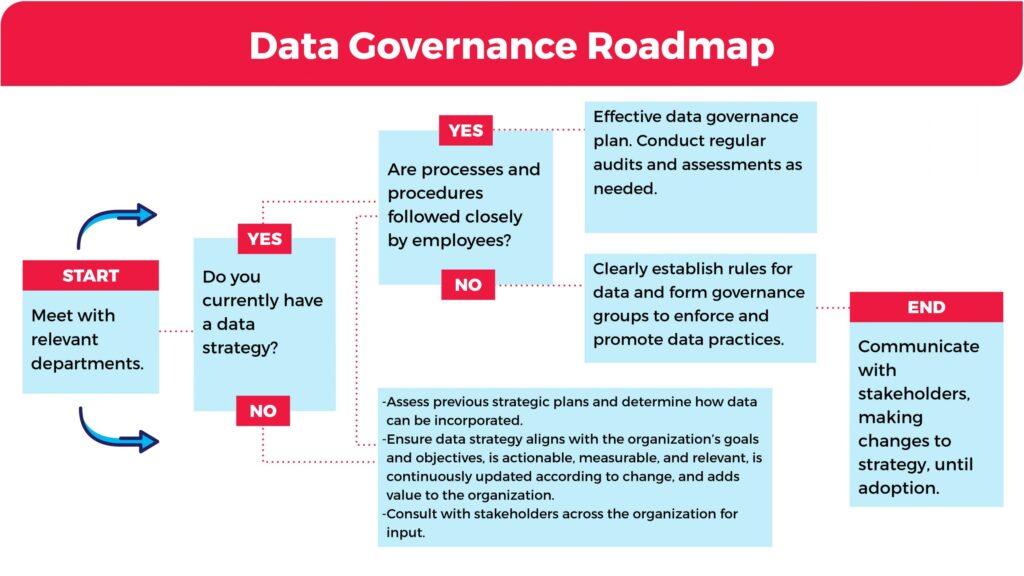Introduction
Right now, less than 0.5% of all data is analyzed and used – according to MIT’s Technology Review.
One difficulty companies face is understanding how to use the data available to their advantage – to help make better decisions, learn things faster, etc. In many industries, having a strong understanding of data can be the difference between thriving and closing up shop.
To stay competitive, many organizations are growing their data capabilities, increasing data storage sizes and trying to learn as much as possible about consumers, competitors, and the environment they operate in. However, with this massive influx of data, very few organizations have a proper data governance strategy to use this data effectively and reap its benefits.
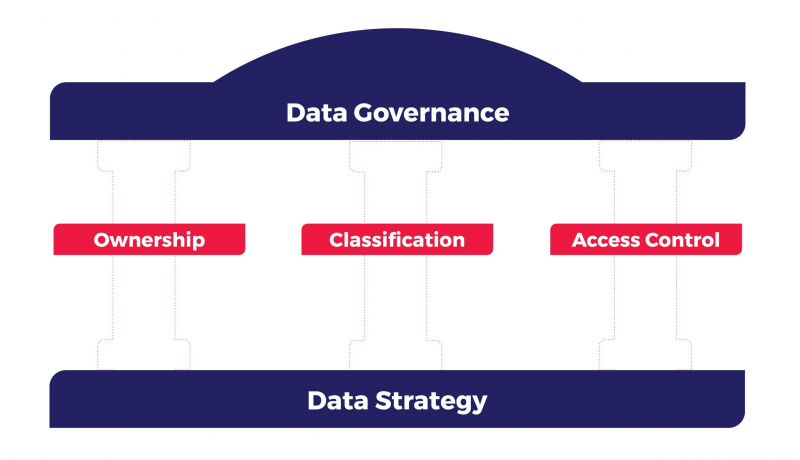
What is Data Governance?
Data governance is the process by which it is determined who owns data, how sensitive it is, and who should have access to it. Good data governance ensures that data is authorized, organized, and permissioned in a database with as few errors as possible while maintaining both privacy and security.
One of the biggest challenges in data governance is dealing with an ever-changing data landscape where data is housed and processed in different ways across departments and teams.
Data governance is composed of three main pillars:
- Ownership – who owns data?
- Classification – what sensitivity and protection are required?
- Access Control – who has certain rights to data – read, execute, copy, modify, delete, etc.?
These pillars support data governance practices but also are closely tied to the organization’s data strategy. Put another way, data governance is managing data with guidance, and data strategy is the guidance that is given to the organization on data use.
Why Have a Data Governance Policy?
Data governance is required to ensure that an organization’s information assets are formally, properly, proactively and efficiently managed throughout the enterprise to secure its trust and accountability. With the ever-growing volume and complexity of different types of data, organizations are now paying closer attention to the operating policies, standards, rules, roles, processes, and procedures needed to consistently execute good data governance practices across an organization.
Adopting and implementing data governance policy can lead to:
- Improvements in organization-wide productivity and efficiency
- Improvements in predictive analytics
- Adoption of data-driven action
- Fewer data conflicts
- Increase consistency and confidence in decision making
- Decreases in regulatory fines for improper data practices
- Improvements in data security
- Higher returns on investment from data and data practices
- Time savings by minimizing or eliminating re-work
- Increases in staff effectiveness
The end objective of any data governance program is to enable your organization to effectively react to challenges and opportunities posed by the market, by adopting the “Data First” philosophy. In today’s context, effective data governance will also allow your organization to position itself for data analysis exercises, CRM migrations or other integration that drive business goals and efficiency.
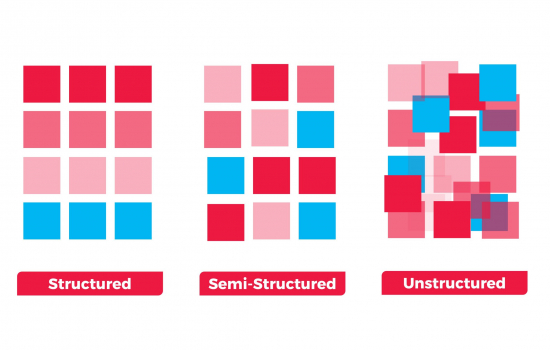
Big data is a term that describes a large volume of data. But data wasn’t always so ‘big’. Over time, the data we know about today has grown from kilobytes (1 kilobyte is equivalent to roughly 100-word paragraph) to petabytes (1 petabyte is equivalent to 20 million four-drawer filing cabinets filled with text documents). Dealing with the many different sizes and formats of data is extremely painful, making data governance a necessity for all organizations.
Before looking at how to get started on a data governance plan, it’s important to understand the types of data that will be governed, and likely encountered during your data journey.
Data can be divided into the following three categories:
- Structured Data – data that has a structure and is organized nicely into table format, making searching and accessing information extremely easy. Structured data represents only 5 to 10% of all corporate data.
- Unstructured Data – data that includes text and multimedia content that doesn’t fit neatly into a database. Examples include emails, word documents, presentations and many other documents commonly seen in a business environment. Unstructured data represents roughly 80% of corporate data and is better suited for humans to analyze.
- Semi-Structured Data – data that has some organizational properties but not as organized as structured data. Examples of semi-structured data include extensible markup language (XML) and comma-separated values (.csv) files.
Data can be further categorized into the following:
- Quantitative
- Discrete data – can only take certain values. For example, rolling dice (you can’t role 2.5).
- Continuous data – can take any value within a range. For example, a person’s height.
- Qualitative
- Binary data – right or wrong, true or false, accept or reject.
- Nominal data – labels that do not overlap such as options for hair colour (brown, black, blonde, grey, other)
- Ordinal data – scales of non-numeric concepts such as satisfaction (unhappy/happy/very happy)
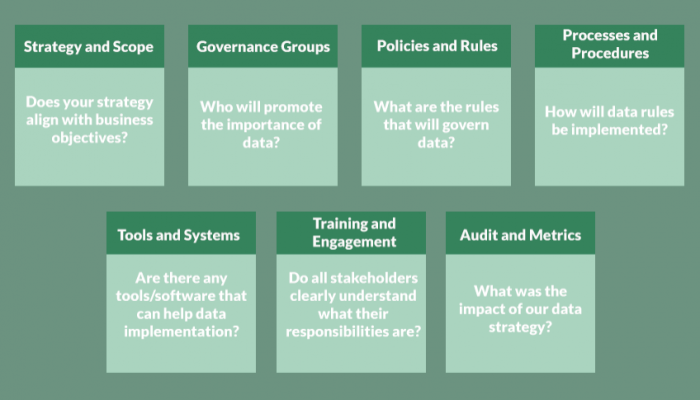
Seven Point Model for your Data Governance Plan
Data governance for many companies can be a complicated framework requiring input from every department.
Effective data governance serves an important function within the organization, setting the parameters for data management and usage, creating processes for resolving data issues and enabling users to make decisions based on high-quality data and well-managed information assets.
To improve the effectiveness of your data governance plan, it is important to consider the following:
1 Strategy and Scope – Data governance is guided by an organization’s data strategy. It’s important that the organization’s data strategy aligns with its goals and objectives, is actionable, measurable, and relevant, is continuously updated according to change, and adds value to the organization. When reflecting on the strategy and scope of your data strategy, and subsequently your data governance strategy, determine your organization’s priorities and think about what strategic questions data can answer.
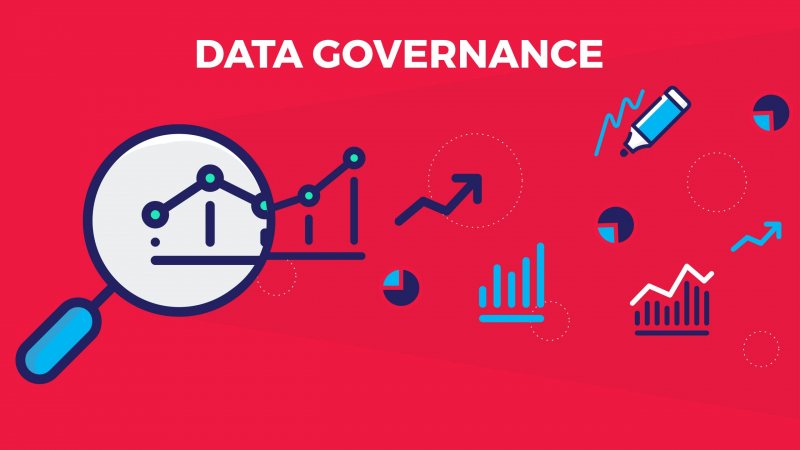
To ensure that the strategy encompasses all needs and priorities of the organization, it’s important to talk extensively with stakeholders across the organization to learn more about areas that you may have not been aware of. Doing so will increase the likelihood of getting agreement at the highest level with respect to goals and objectives so that there is early buy-in.
Data governance allows an organization to properly, proactively, and efficiently manage data throughout the enterprise. There are many added benefits of using data in an organization, and data governance helps ensure that the data is being used appropriately. As there are many different types of data, ranging in complexity, it is important that every organization has a data governance policy that is guided by its data strategy. No matter what industry you are in, not-for-profit, tech, healthcare, etc. applying a Seven Point Model to your data governance plan can greatly increase the success of data projects and programs.
2 Governance Groups – Once stakeholders have been consulted with, identify key stakeholders and participants who can communicate and enforce data governance processes across the whole organization. It’s important to understand that data is a business asset and not a technology asset. Therefore IT has a role in data governance but isn’t the lead for data process changes. Rather than creating a whole new governing body, it may be a good idea to look at existing governing bodies already operating in your organization and incorporating data governance into these existing structures.
Two main roles exist to help facilitate data governance practices and improve processes for preventing and correcting issues with data: Data governance authorities and data stewards.
The purpose of data governance authorities is to define data policies, standards, and guidelines. This group usually represents a cross-section of stakeholder groups.
Unlike data governance authorities that set out the rules for data governance, data stewards go out and communicate to different areas of the organization to ensure that data governance processes and policies are followed.
Whether your company hires full-time data stewards or delegates stewardship responsibilities to existing employees, departments sometimes are reluctant to accept the new arrangement for maintaining data definitions and enforcing policies on data use. In an ideal environment, all users adopt a stewardship-minded approach and take responsibility for handling data in a way that both meets their immediate needs and serves the organization’s overall requirements for data quality and consistency. But data stewardship processes need to be attuned to an organization’s corporate culture to help foster internal adoption and compliance.
3 Policies and Rules – Governance groups need to set out principles that the organization must follow. Data governance policies don’t need to completely transform all aspects of the organization, but they should ensure that the right people know what steps need to be taken.
Data governance policies should keep in mind the following:
- Data must be managed as an asset
- Formal accountability must be in place
- Data must be compliant with external government regulations
- Data quality must be defined and managed throughout the data cycle (from data generation to data deletion)
I am text block. Click edit button to change this text. Lorem ipsum dolor sit amet, consectetur adipiscing elit. Ut elit tellus, luctus nec ullamcorper mattis, pulvinar dapibus leo.
4 Processes and Procedures – Take policies and rules and create processes for the governance groups to conduct their work and interact with stakeholders across the organization. Communicating processes and procedures to stakeholders is key as it reassures stakeholders that the organization is taking a measured approach to governance.
5 Tools and Systems – Find tools that support your process. There are various data governance tools on the market, each with its own features and use cases. It’s important to ensure that the organization has already bought into the idea of a data strategy and is clear on what will be done with the software and where the business value will come from.
6 Training and Engagement – It’s important to communicate early and communicate often. Governance groups need to have a clear idea of what skills, knowledge, and abilities they need to perform their new roles. Data consumers and producers need to understand what their responsibility is if they are unclear on new data governance policies – how do I share/create/manage data?
7 Audit and Metrics – In order to continuously improve data governance and to ensure that the organization can see results from its data strategy, it’s important to conduct regular audits and assessments and adjust if there are any gaps.
Typical post-mortem assessments include:
- Compliance Audits – are people following the policies and procedures outlined in the data governance plan?
- Security Assessment – are there any employees gaining access to data they shouldn’t have access to?
- Data Quality Audit – is the data complete and accurate according to policies and rules outlined in the data governance plan?
Once the data governance plan has been put in place and results can be assessed, it’s crucial to meet with the internal teams and stakeholders involved in the data governance process to discuss what worked, what didn’t work, and what can be done next time to improve results.
Summary
Instead of creating a data strategy from scratch, it may be a good idea to look for existing material (documents, presentations, etc.) to help speed up the planning process. If past data strategies or strategic plans are found, it’s important to assess the relevance and update the documents as needed.
To get started on your data governance plan, refer to the roadmap below for next steps.
